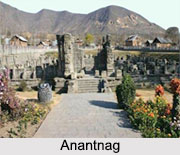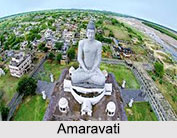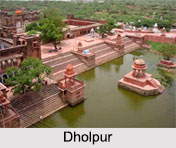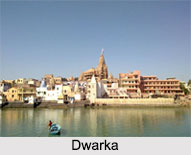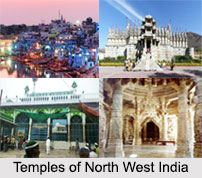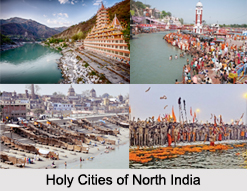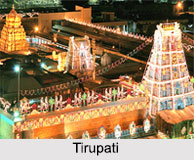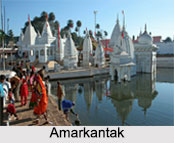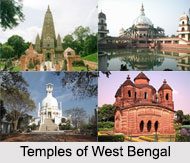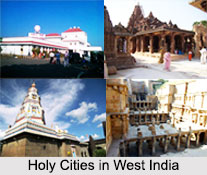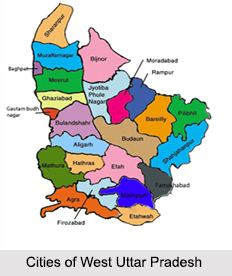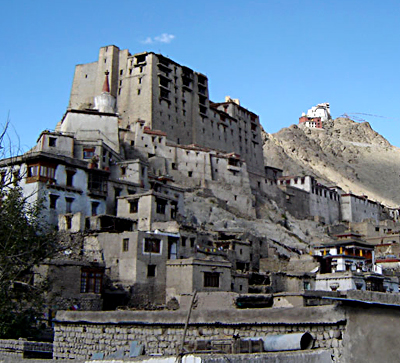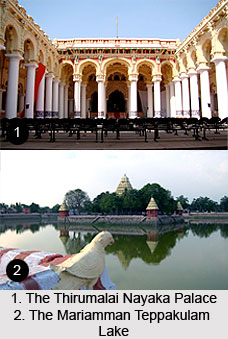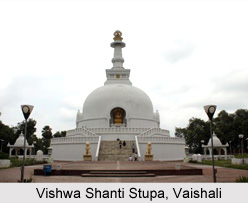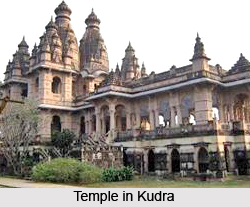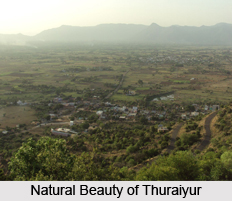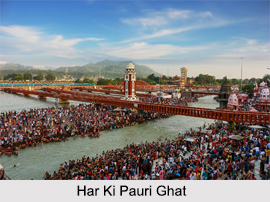A small village, unblemished by westernization nestling among the lush coffee plantations of Chikmagalur, Sringeri is approximately 100 km northeast of Mangalore. The southern seat of the orthodox Hindu hierarchy is in Sringeri
According to belief the sacred pitha (religious centre), which stands on the banks of the Tunga river at Sringeri, has its origins in a particular event. The Hindu saint Sri Sankaracharya was passing through the area when he saw an odd sight - a cobra spreading its hood to give shade to a frog. The sage was so taken with this image of peace between animals that he decided to found his pitha on the spot. He installed in a temple an image of Sri Sharada (the deity representing absolute knowledge and bliss) and spent the next twelve years there, teaching his disciples.
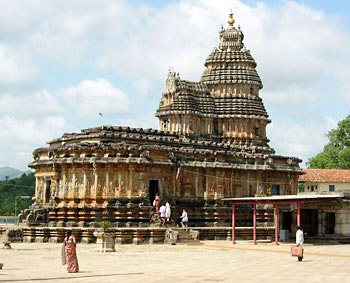 The most eye-catching destination in Sringeri is the Vidya-shankar temple, which dates from the 14th century. The temple, built of golden-coloured stone, sits on a low platform in the middle of the large paved area. The mandapam is remarkable for its twelve zodiac pillars, known as rasikambhas, which are placed so that the early morning sun falls on a different one during each solar month. Each pillar bears a design of a rearing animal, with a rider on its back. The exterior of the temple is richly ornamented with sculptures.
The most eye-catching destination in Sringeri is the Vidya-shankar temple, which dates from the 14th century. The temple, built of golden-coloured stone, sits on a low platform in the middle of the large paved area. The mandapam is remarkable for its twelve zodiac pillars, known as rasikambhas, which are placed so that the early morning sun falls on a different one during each solar month. Each pillar bears a design of a rearing animal, with a rider on its back. The exterior of the temple is richly ornamented with sculptures.
There is another temple few meters to the north of the Vidyashankar temple which is the focal point for pilgrims, and which is consequently a scene of almost constant activity. The image in the temple is that of Sri Sarada, an incarnation of Sarasvati, the figure of absolute knowledge and bliss. The temple is open from 6.15 am to 2 am, and from 5 to 9.30 pm. To the south, steps lead down to the ghats on the riverbank, where pilgrims (and in particular their children) line the water`s edge to throw food to a seething mass of sacred fish.
The most important annual festival in Sringeri is Navaratri, which is celebrated for nine days during the bright half of Aswayuja (September to October). The festival commemorates the victory of the Goddess over evil. Sharada, the presiding deity at Sringeri is worshipped in all her various forms during the festival and the image of the deity is adorned with numerous precious ornaments. The town is crowded with pilgrims throughout the festivities.
